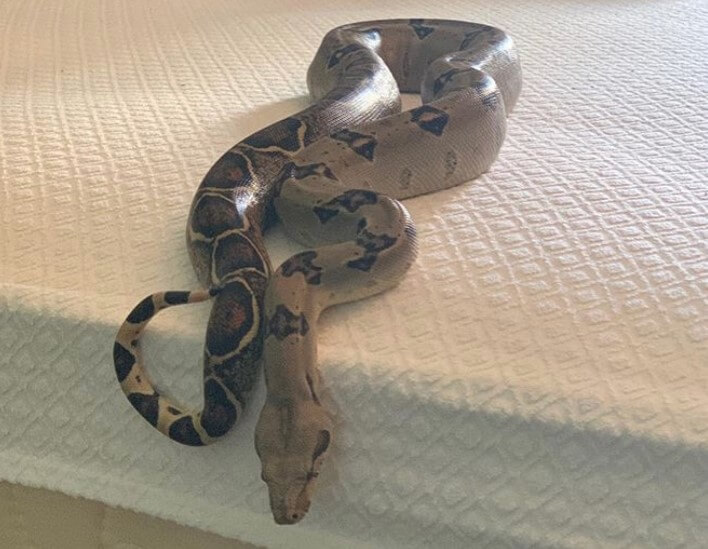

However, certain do’s and don’ts have to be kept in mind following a snake bite. Anti-venom is primarily divided into two types, namely, monovalent which is effective against a given species’ venom, and polyvalent which can be used for a number of species. The first anti-venom was developed by Alberte Calmette against the Indian Cobra. The only available treatment against snake bite is the usage of anti-venom. Annually, over 50,000 people are killed in India alone due to bites from the ‘Big 4’ venomous species, namely the Indian or Spectacled Cobra, Common Krait, Russell’s Viper and Saw-scaled Viper. There have been innumerable instances of people dying due to snake bites globally. Hence, snakes are cautious while using their venom, and will never waste it unless it feels threatened by a human being. It is a weapon that they preserve to hunt for itself, and injecting it drains a lot of energy from the animal. It is a scientific fact that snakes never use their venom to attack human beings on purpose, unless they are provoked or need to defend themselves. įor millions of years, snakes have survived and furthered their species due to venom, their natural gift. The Russell’s Viper produces hemotoxic venom, which affects the cardiovascular system. These fangs have grooves or canals that guide the venom from the oral gland to the bite wound on the prey. It is produced through a pumping mechanism from a sac which holds the venom and proceeds through a channel down to the tubular fang (specialised hollow teeth) which the snakes use to inject the toxins. The venom can be regarded as a varied form of saliva excreted through a modified parotid salivary gland, located on each side of the skull behind the eye. There are 20 types of sea snakes found in India, all of which are venomous. It leads to severe and instant muscular paralysis.

A fourth kind of venom exists in sea snakes and is known as myotoxic. Lastly, cytotoxic venom causes severe pain by impairing the tissues on a molecular level, leading to cell death. It also causes degeneration of organs, tissue damage throughout the body and massive internal bleeding. Hemotoxic venom disrupts blood clotting, thereby impacting the cardiovascular system. The Black Mamba produces this particular variant and has a fatality rate of 100%, making it the deadliest snake on the planet. Neurotoxic venom is said to be the deadliest one and depending on the amount injected into the victim, it can kill within 30 minutes. Most people do not even realise they have been bitten until the symptoms start to kick in. Neurotoxic venom harms the brain and nervous system and it can be delivered without causing a lot of pain. These venoms impact specific regions and functions of the target’s body. Snake venom can be classified into three major categories – neurotoxic, hemotoxic and cytotoxic. The Common Krait is a venomous snake which carries neurotoxins. Proteolytic enzymes, for instance, have digestive properties, phospholipase degrades lipids and hyaluronidase facilitates in spreading the venom throughout the body. The most common types of enzymes found in venoms are proteolytic, phospholipases and hyaluronidases, which serve different purposes. As many as 25 different enzymes are found in various venoms, out of which 10 are present in most of them.ĭifferent venoms contain different combinations of enzymes causing a deadlier effect than any of the individual ones. Ninety percent of the venoms are protein by dry weight and most of the proteins are enzymes. Snake venom is a toxin, which is a complex mixture of proteins and enzymes, as well as anticoagulants and other substances. Trying to understand what snake venoms are, and the role they play in the lives of these reptiles can help us overcome the unnecessary fear and loathing directed toward snakes. But if we have to investigate the root cause of the fear, it will most likely narrow down to just one: the venom. These reptiles have been the subject of misconceptions, causing many humans to fear them.


 0 kommentar(er)
0 kommentar(er)
